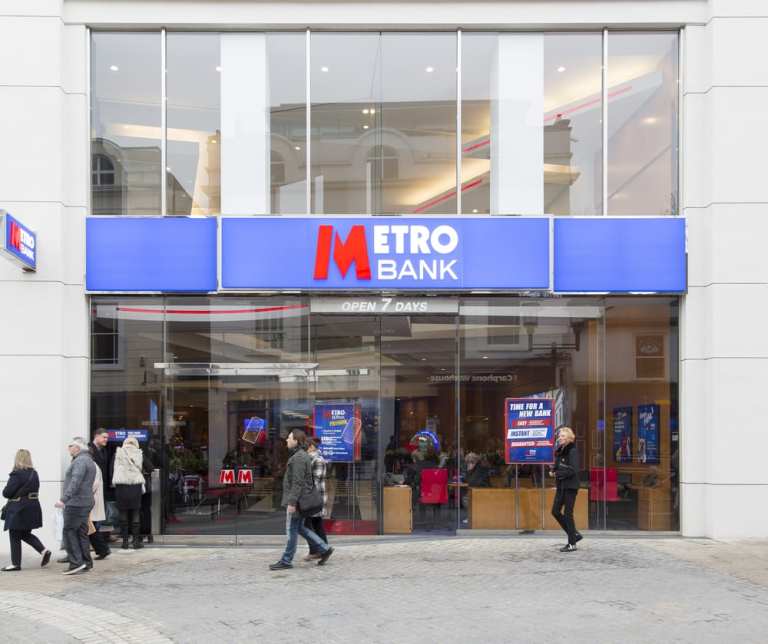UK’s Metro Bank Attacked By Cyber Fraud

Metro Bank, a British financial institution launched in 2010, said it was targeted by cybercriminals in a scheme where a vulnerability in text messaging between the bank and customers was used as an attack, according to a report by Reuters.
The bank said on Monday (Feb. 4) that the fraud was also perpetrated on other British banks. The vulnerability targets a known weakness in the global telecommunications infrastructure. Criminals intercept texts sent to customers as part of an authentication process for transactions.
“Of those customers impacted by this type of fraud, an extremely small number have been Metro Bank customers and none have been left out of pocket as a result,” a bank spokesperson said.
The bank did not disclose the timeline of when or how the attacks were discovered, but it did say it was one of many targeted.
“We have supported telecommunication companies and law enforcement authorities with an industry-wide investigation and understand that steps have been taken to resolve the issue,” the spokesperson said.
Metro has had a tough few weeks, including the reporting of an accounting mistake that ended up causing a 900 million pound ($1.18 billion) hit to the bank’s levels of capital. Short sellers have also pressured the bank by betting shares will continue to fall.
Banks aren’t the only institutions in Britain that are struggling, in 2018, the number of insolvent restaurants hit an all-time high, and even doubled since 2010.
According to a study by the accountant firm Price Bailey, restaurants are struggling because of the proliferation of delivery apps, and also the saturation of the market.
In 2018, there were 1,442 restaurant insolvencies, which is an increase of 40 percent from a year before. That means as many as four restaurants a day are going bankrupt —an increase from less than two a day in 2010.
Paul Pittman, a partner at Price Bailey, said that 2018 was by far the toughest year for restaurants in the U.K.
“The challenging trading conditions facing the restaurant sector show no signs of improving,” he said. “Chain restaurants are particularly vulnerable to changing consumer fads. What was once flavor of the month can quickly go out of fashion.”